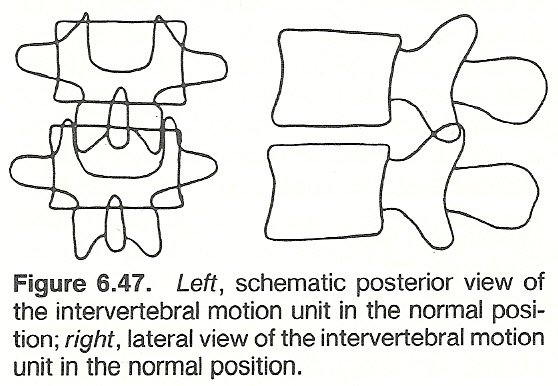Mechanisms of Manipulation: A Systematic Review of the Literature on Immediate Anatomical Structural or Positional Changes in Response to Manually Delivered High-velocity, Low-amplitude Spinal Manipulation
Mechanisms of Manipulation: A Systematic Review of the Literature on Immediate Anatomical Structural or Positional Changes in Response to Manually Delivered High-velocity, Low-amplitude Spinal Manipulation
SOURCE: Chiropractic & Manual Therapies 2024 (Sep 11); 32: 28
| OPEN ACCESS |
Kenneth J. Young • Charlotte Leboeuf-Yde • Lindsay Gorrell • Cecilia Bergström • David W. Evans Iben Axén et al.
Allied Health Research Unit,
University of Central Lancashire,
Preston, UK
Background: Spinal manipulation (SM) has been claimed to change anatomy, either in structure or position, and that these changes may be the cause of clinical improvements. The aim of this systematic review was to evaluate and synthesise the peer-reviewed literature on the current evidence of anatomical changes in response to SM.
Methods: The review was registered with PROSPERO (CRD42022304971) and reporting was guided by the standards of the PRISMA Statement. We searched Medline, Embase, CINAHL, AMED, Cochrane Library all databases, PEDro, and the Index to Chiropractic Literature from inception to 11 March 2022 and updated on 06 June 2023. Search terms included manipulation, adjustment, chiropractic, osteopathy, spine and spine-related structures. We included primary research studies that compared outcomes with and without SM regardless of study design. Manipulation was defined as high-velocity, low-amplitude thrust delivered by hand to the spine or directly related joints. Included studies objectively measured a potential change in an anatomical structure or in position. We developed a novel list of methodological quality items in addition to a short, customized list of risk of bias (RoB) items. We used quality and RoB items together to determine whether an article was credible or not credible. We sought differences in outcomes between SM and control groups for randomised controlled trials and crossover studies, and between pre- and post-SM outcomes for other study designs. We reported, in narrative form, whether there was a change or not.
Results: The search retrieved 19,572 articles and 20 of those were included for review. Study topics included vertebral position (n = 3) facet joint space (n = 5), spinal stiffness (n = 3), resting muscle thickness (n = 6), intervertebral disc pressure (n = 1), myofascial hysteresis (n = 1), and further damage to already damaged arteries (n = 1). Eight articles were considered credible. The credible articles indicated that lumbar facet joint space increased and spinal stiffness decreased but that the resting muscle thickness did not change.
There are more articles like this @



